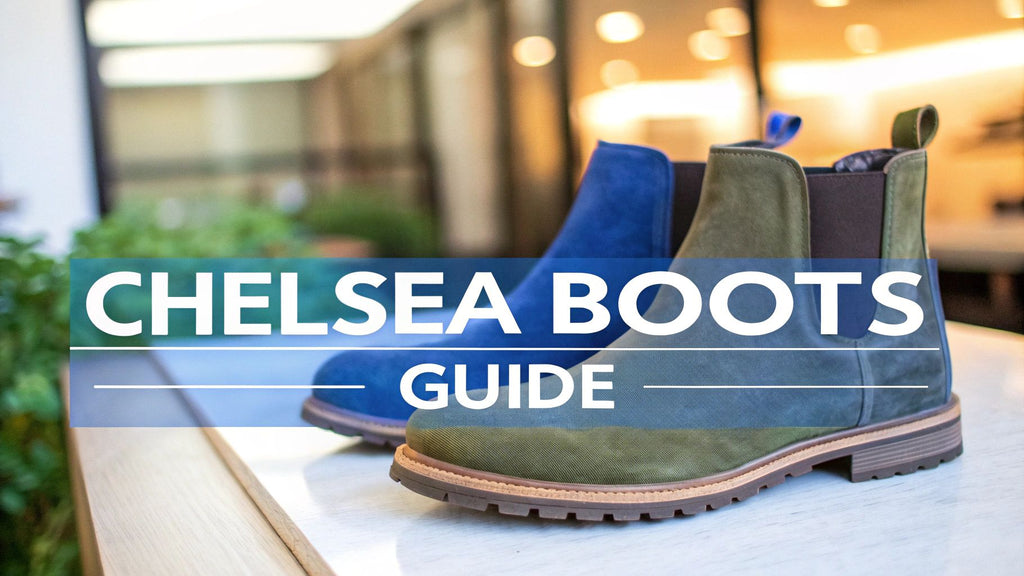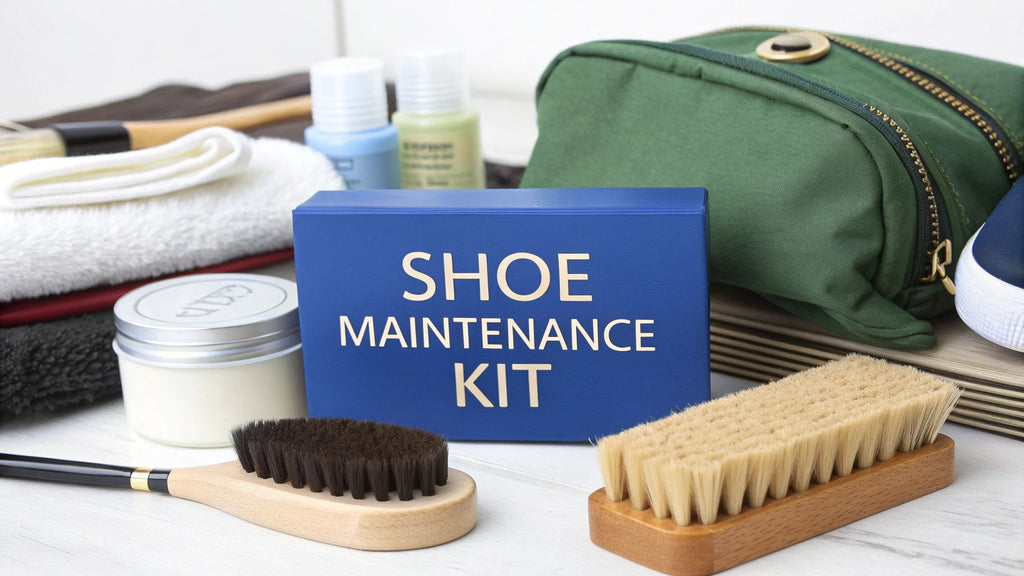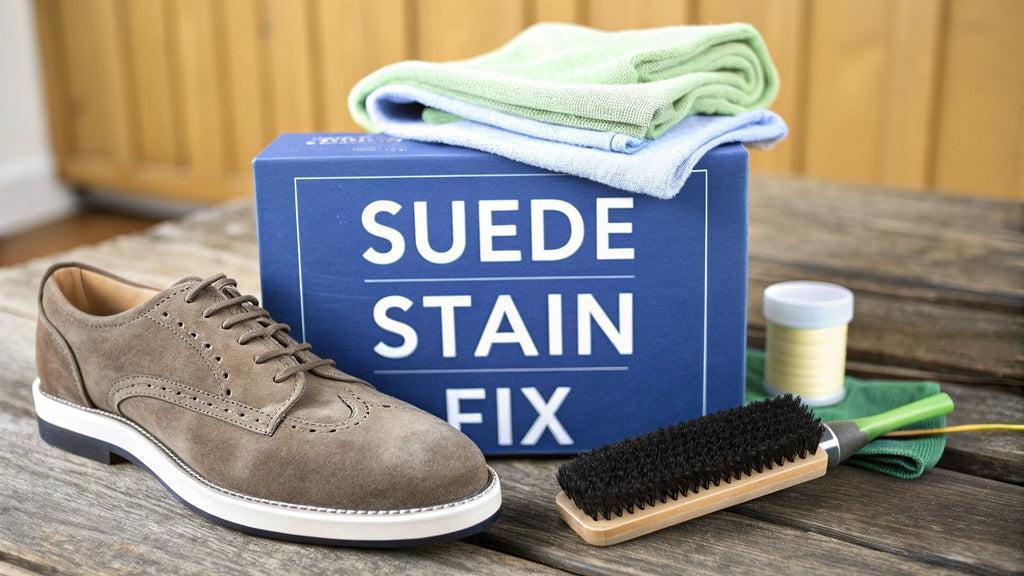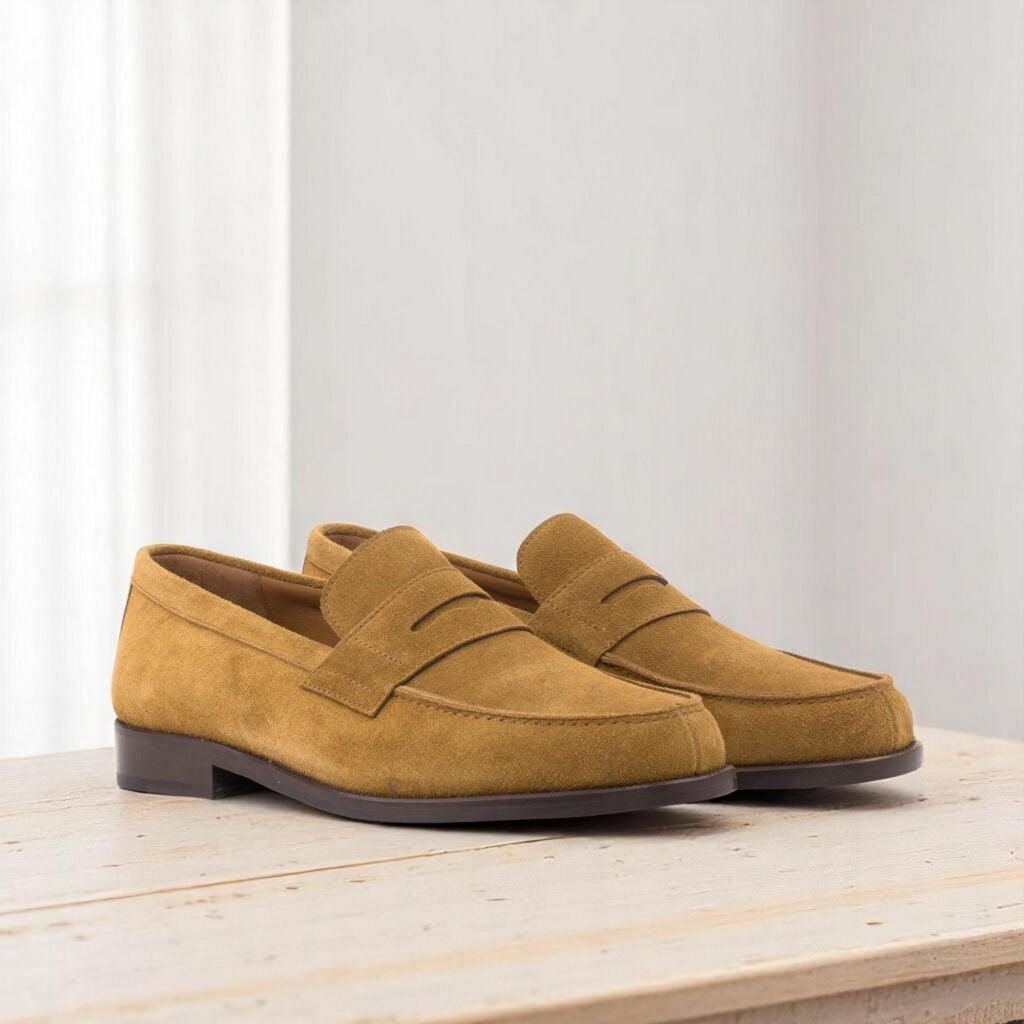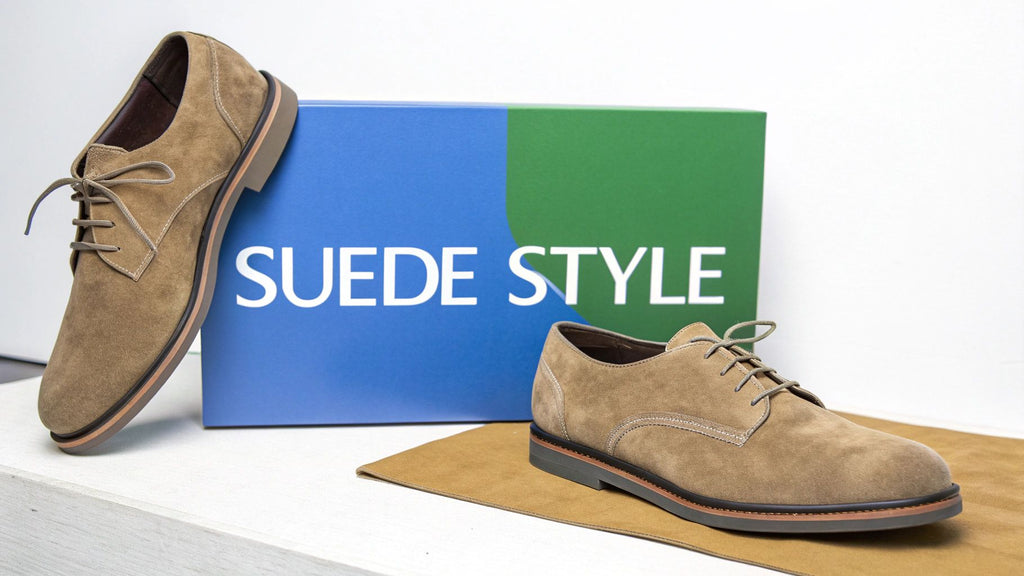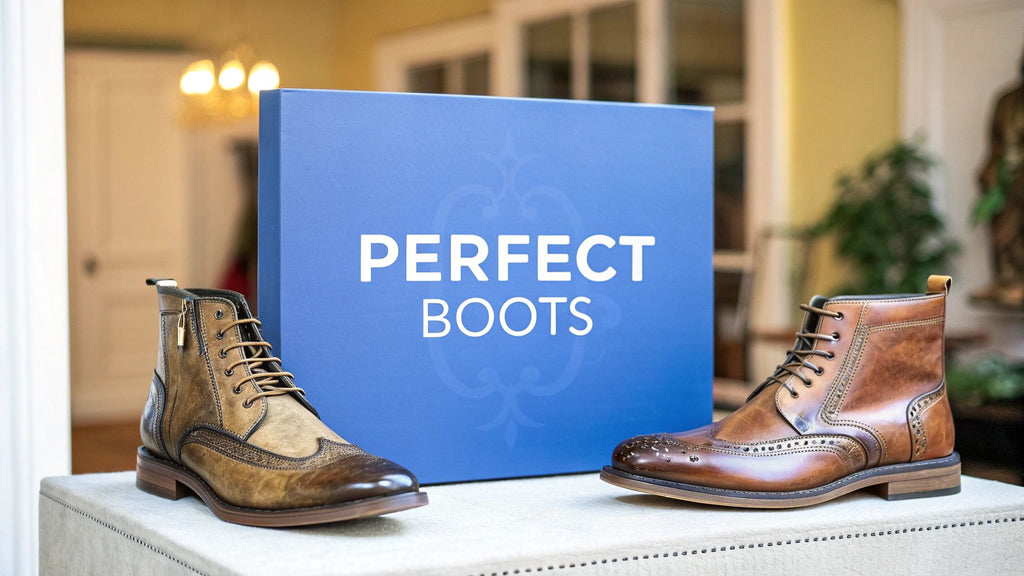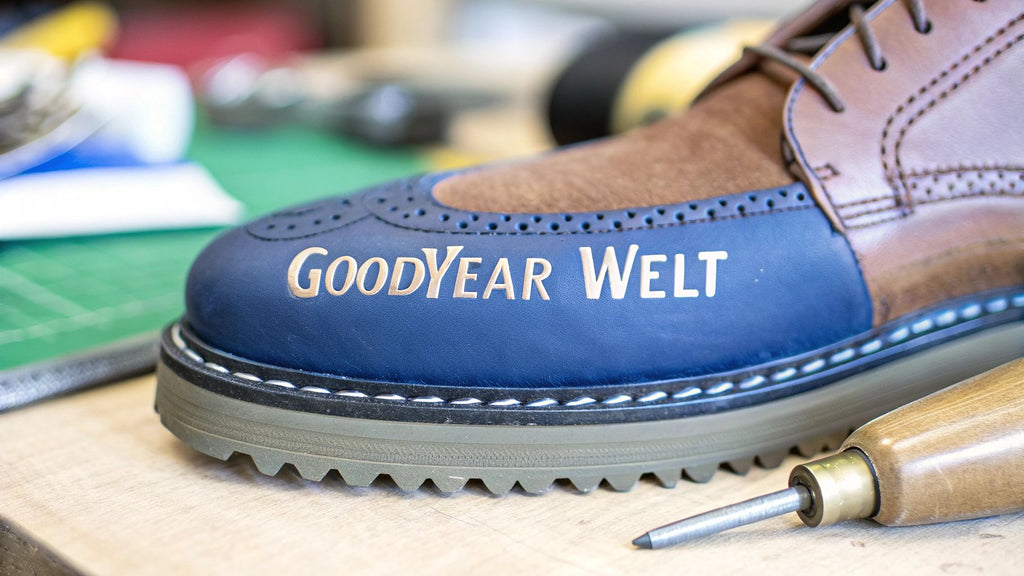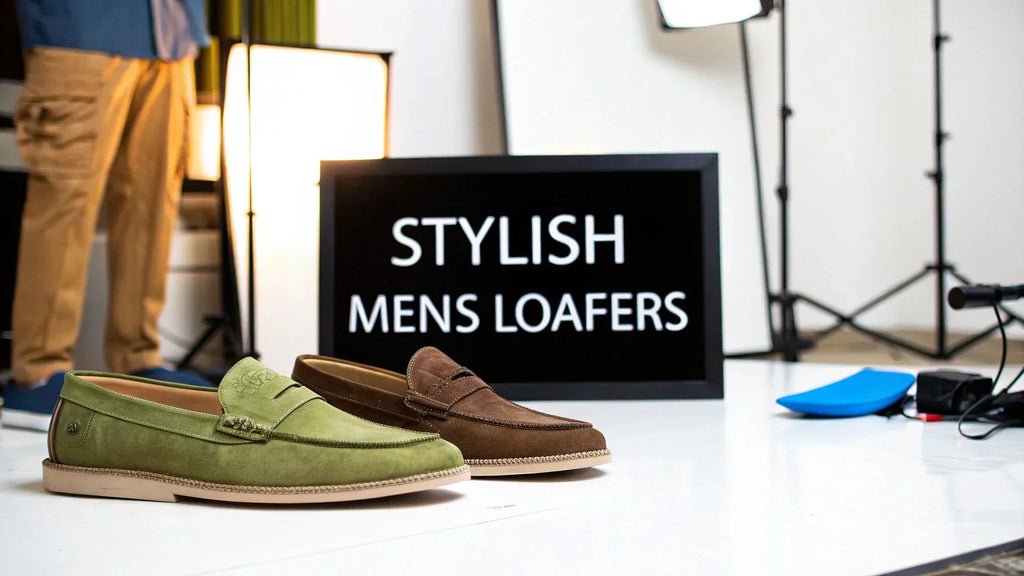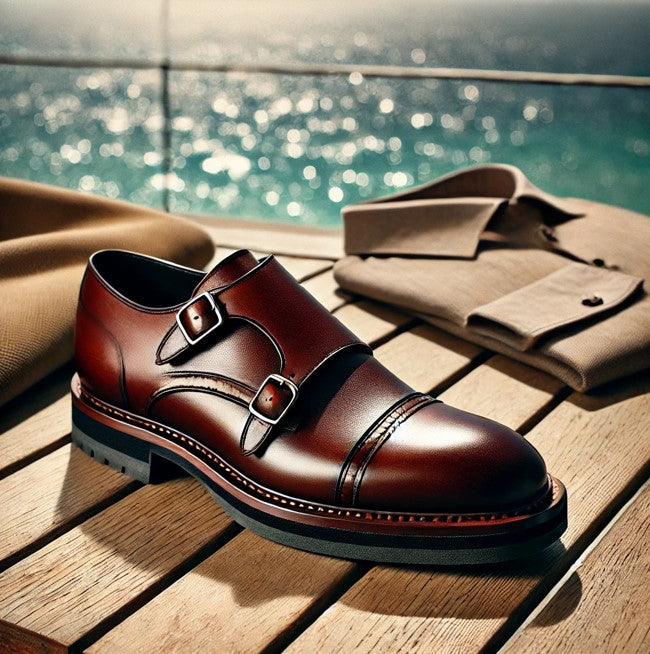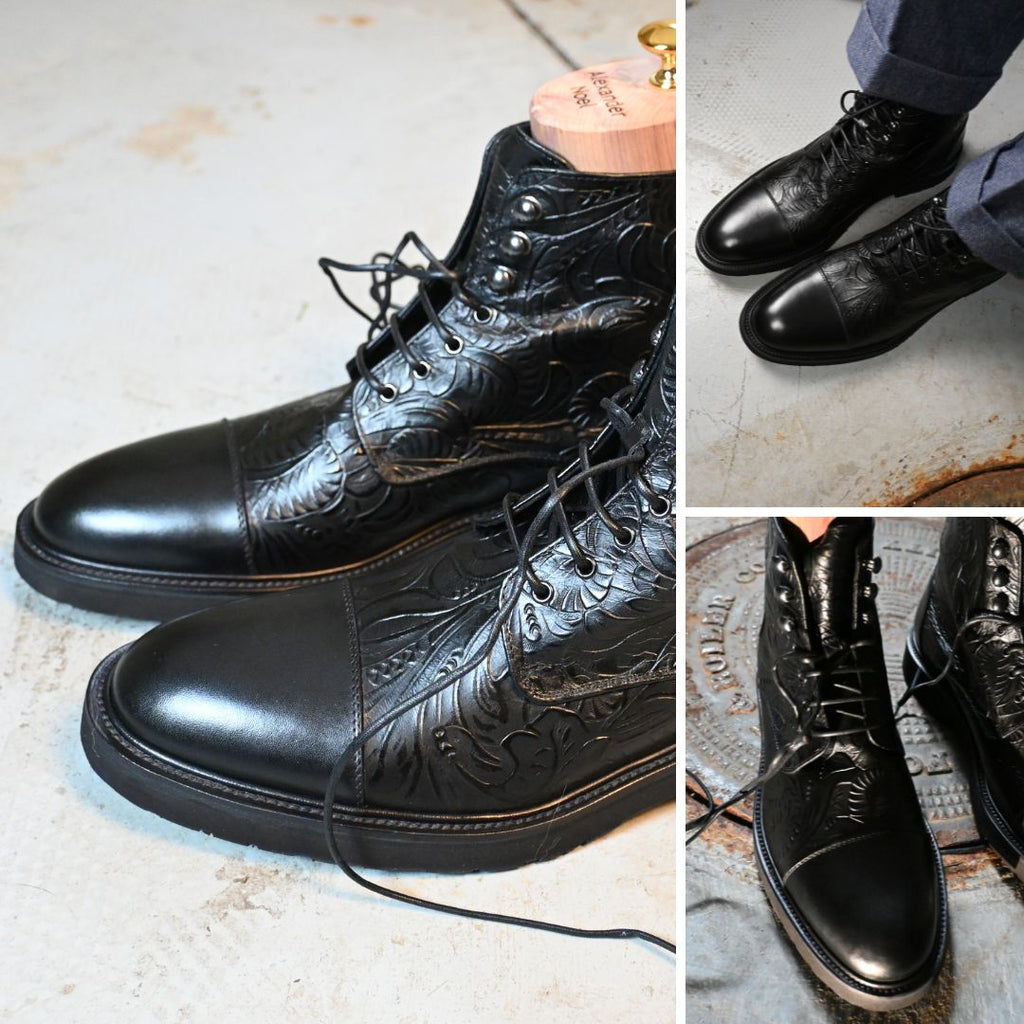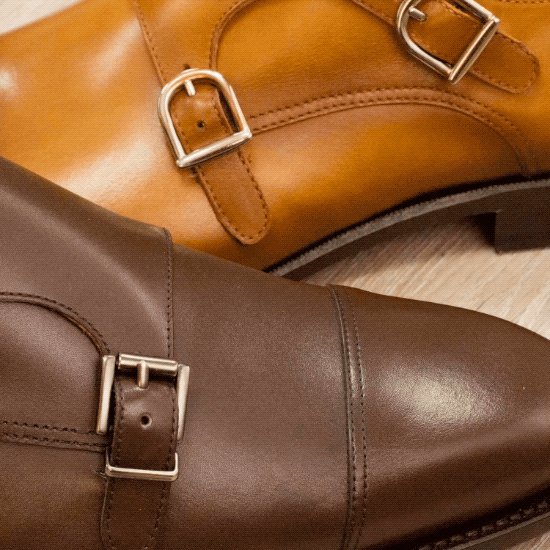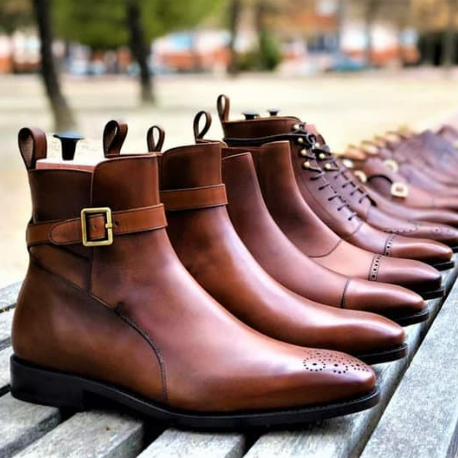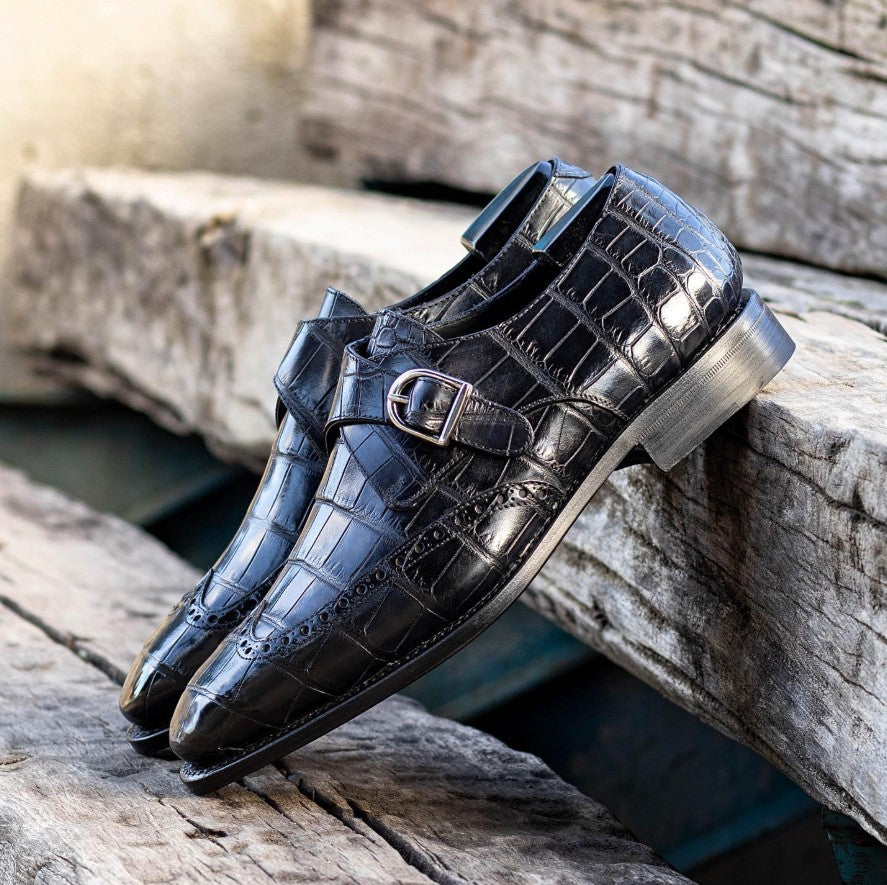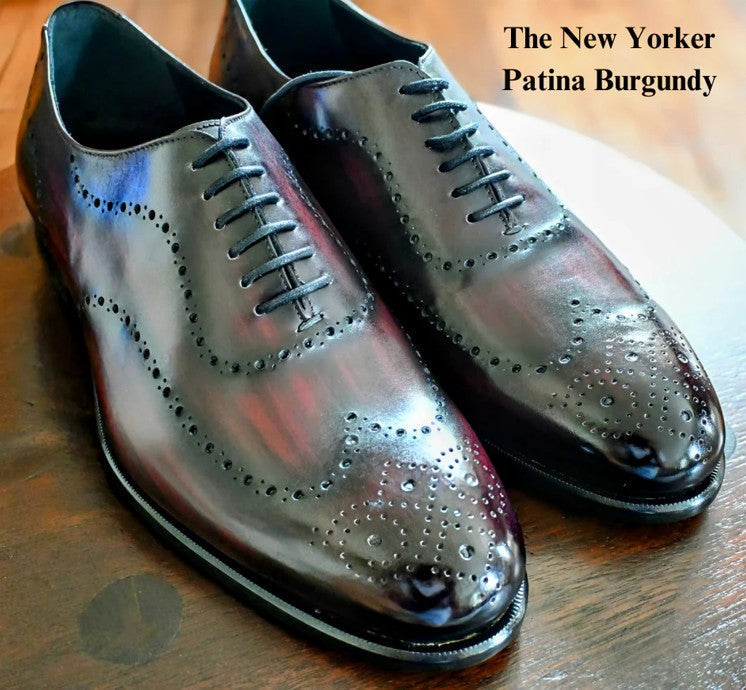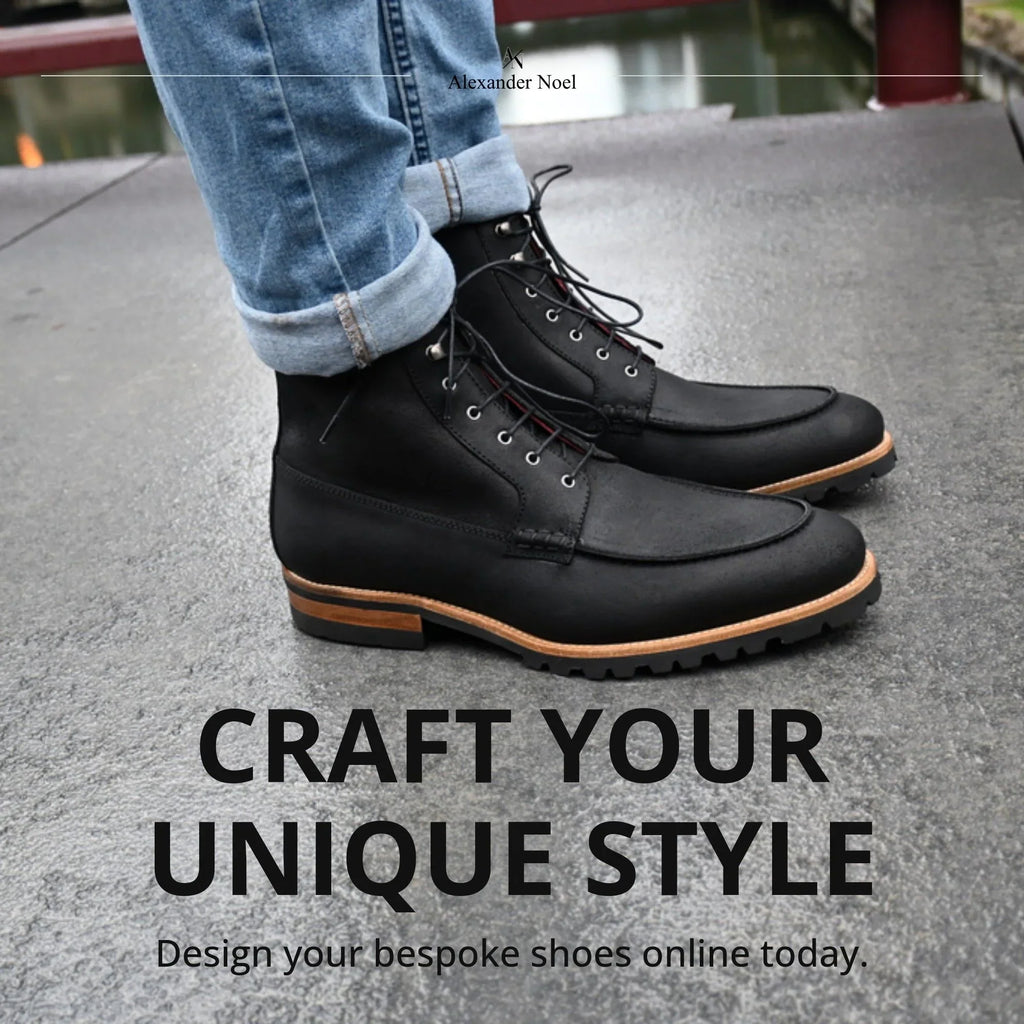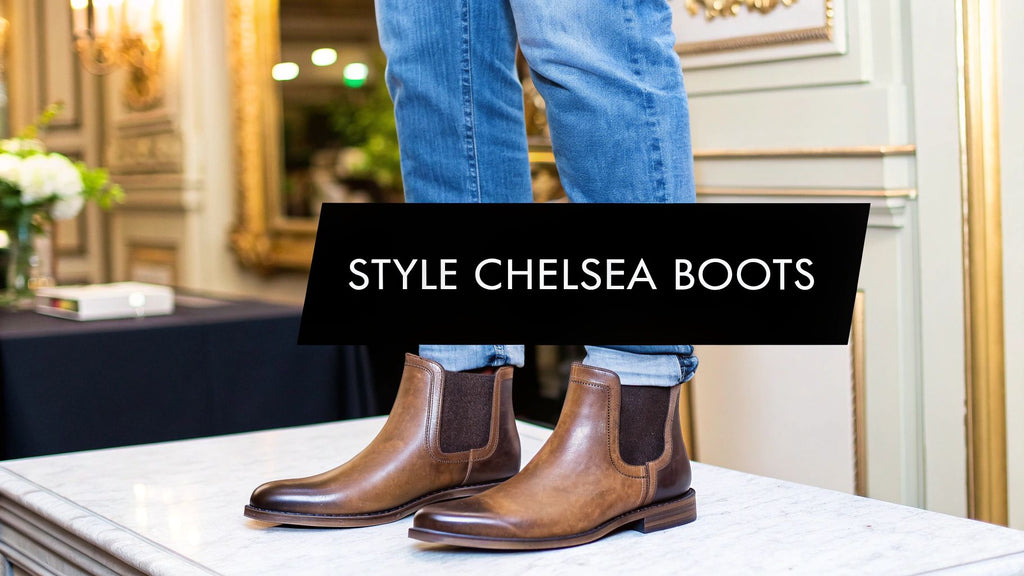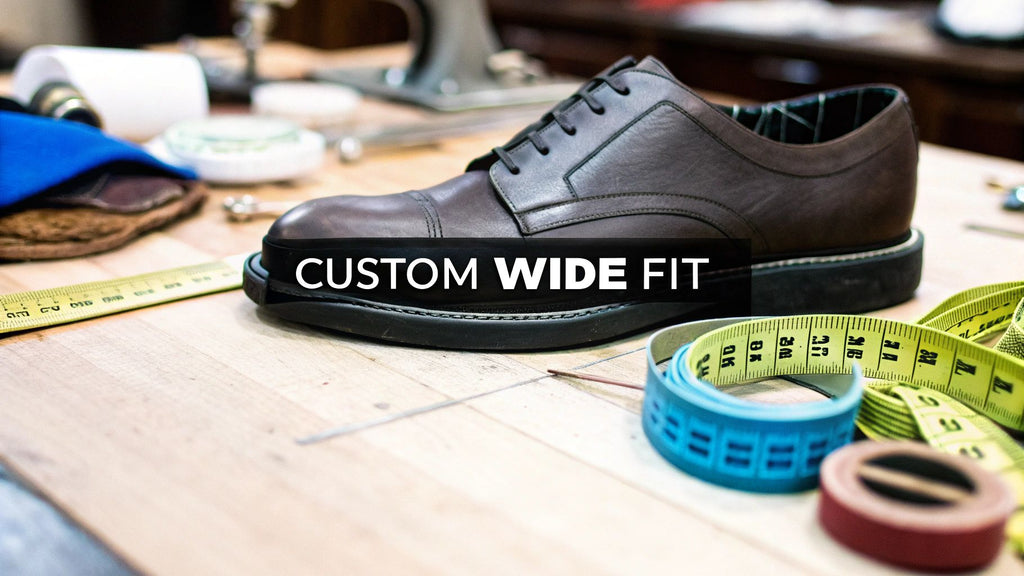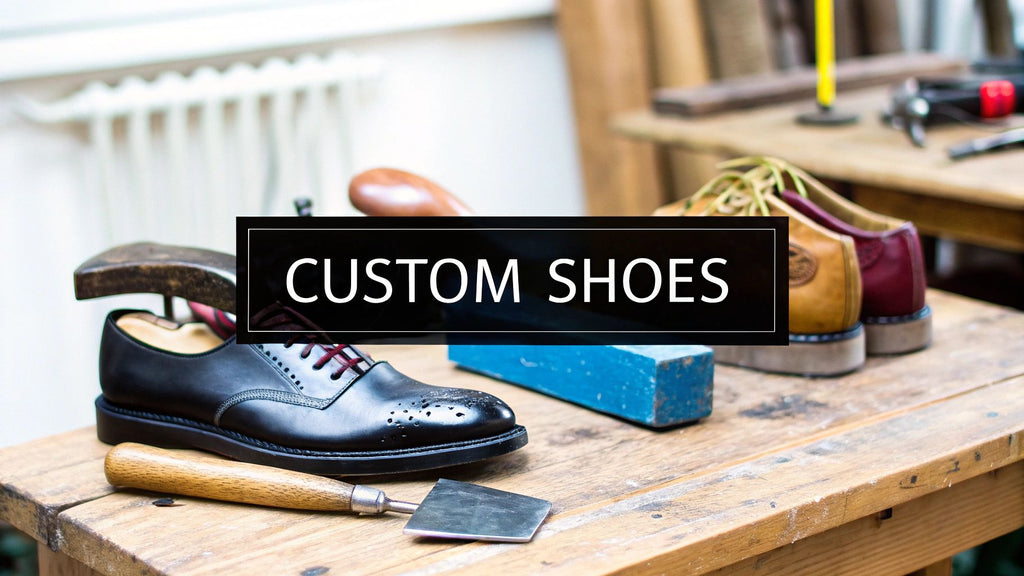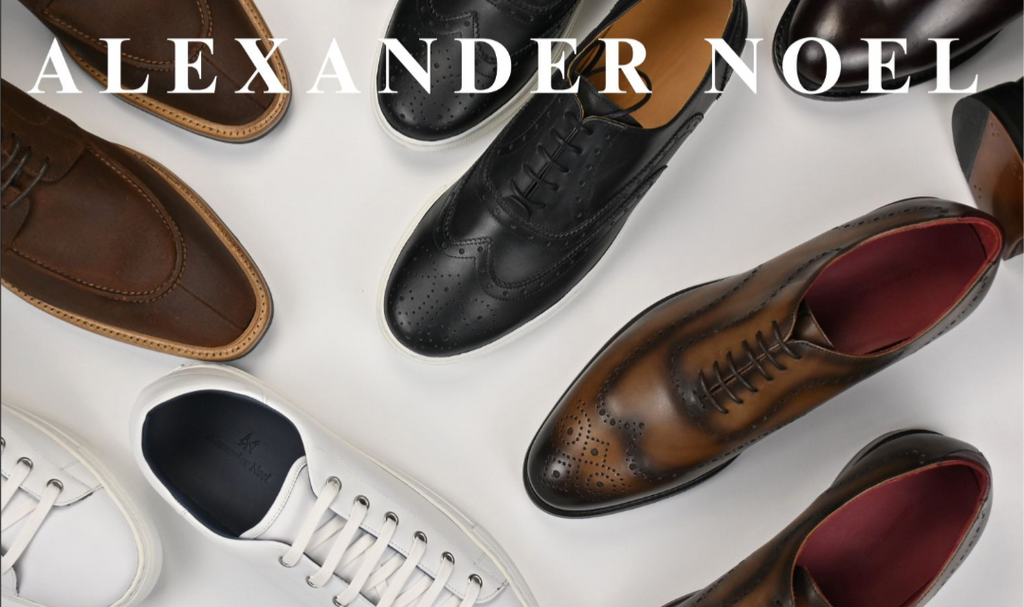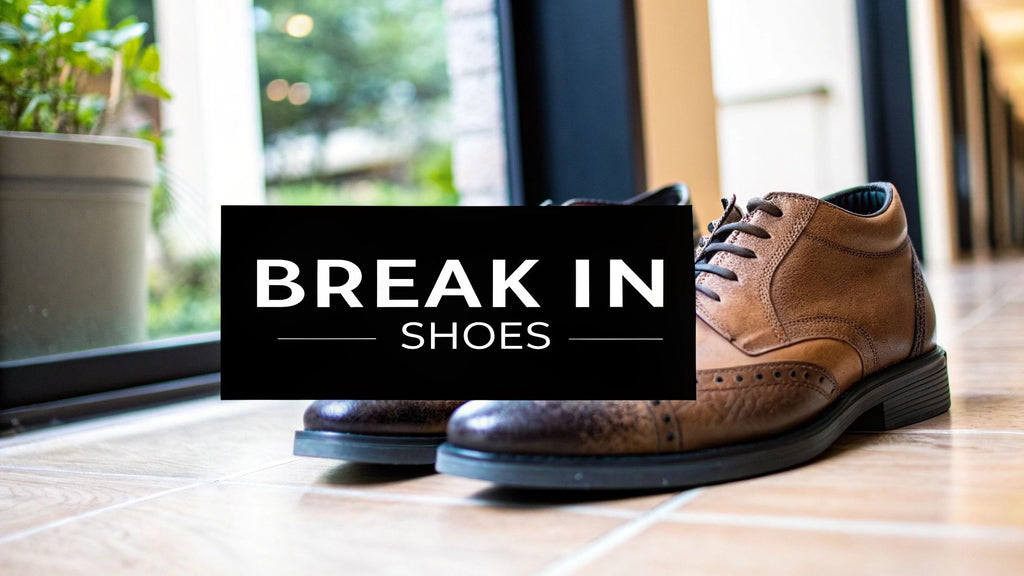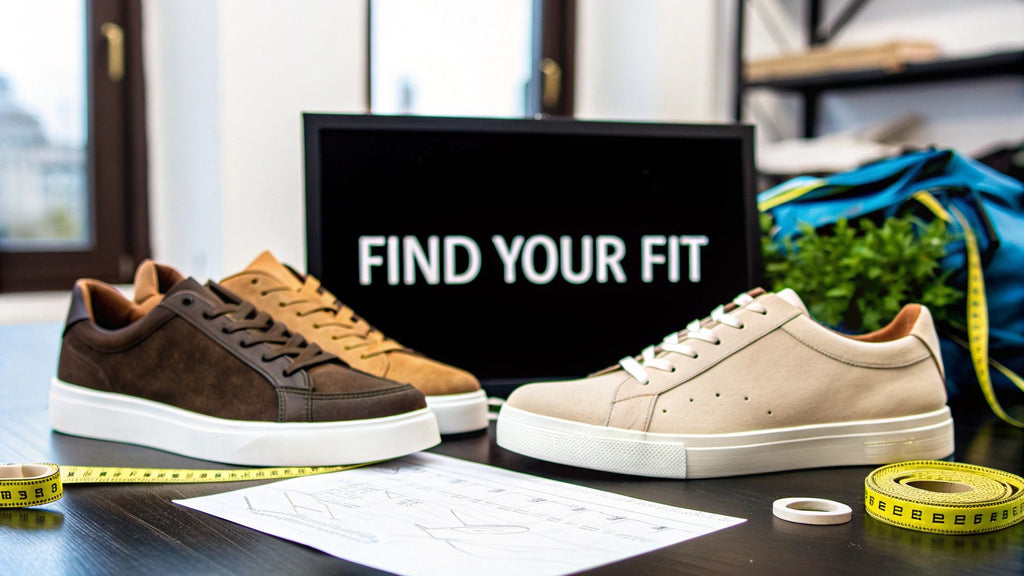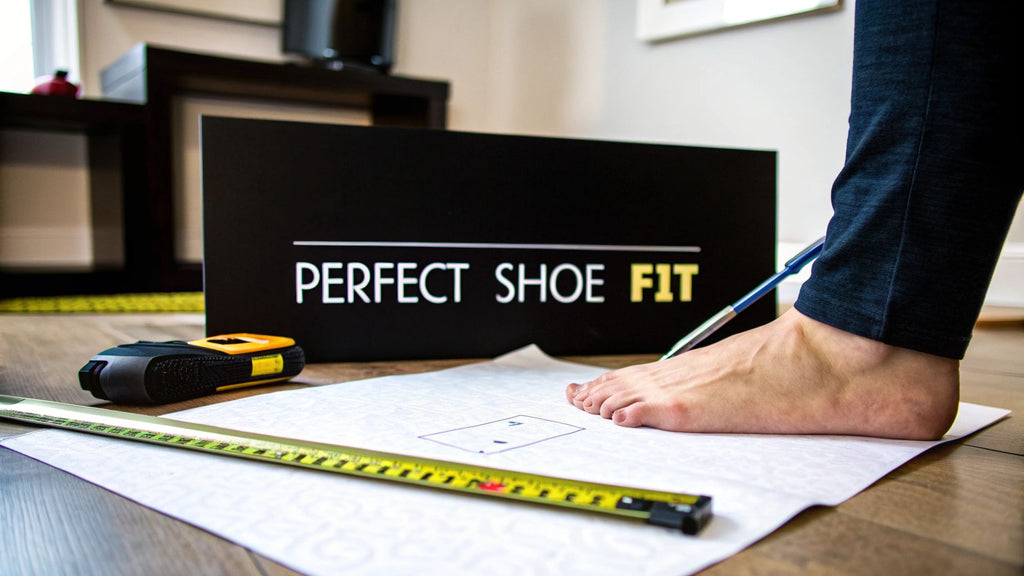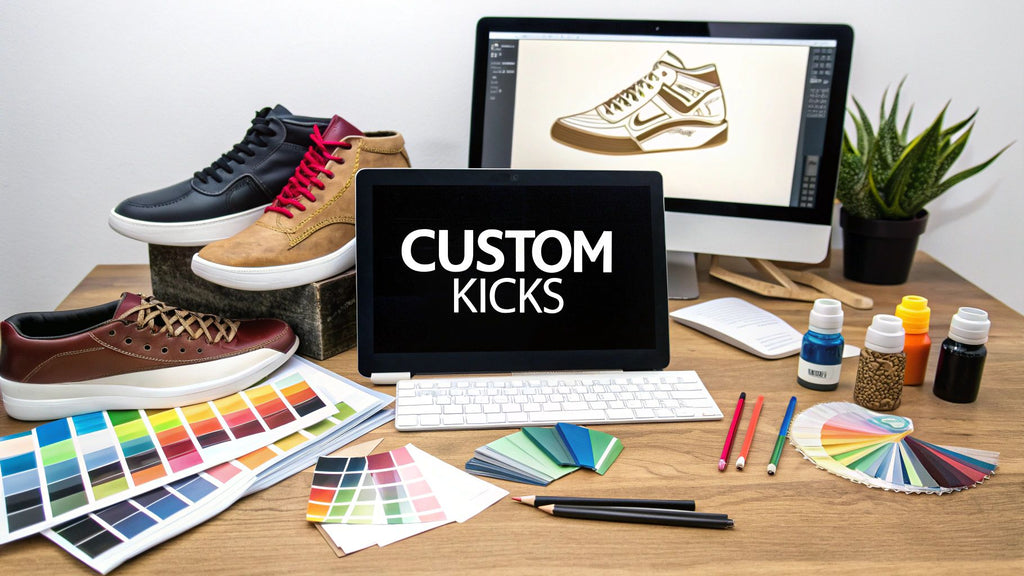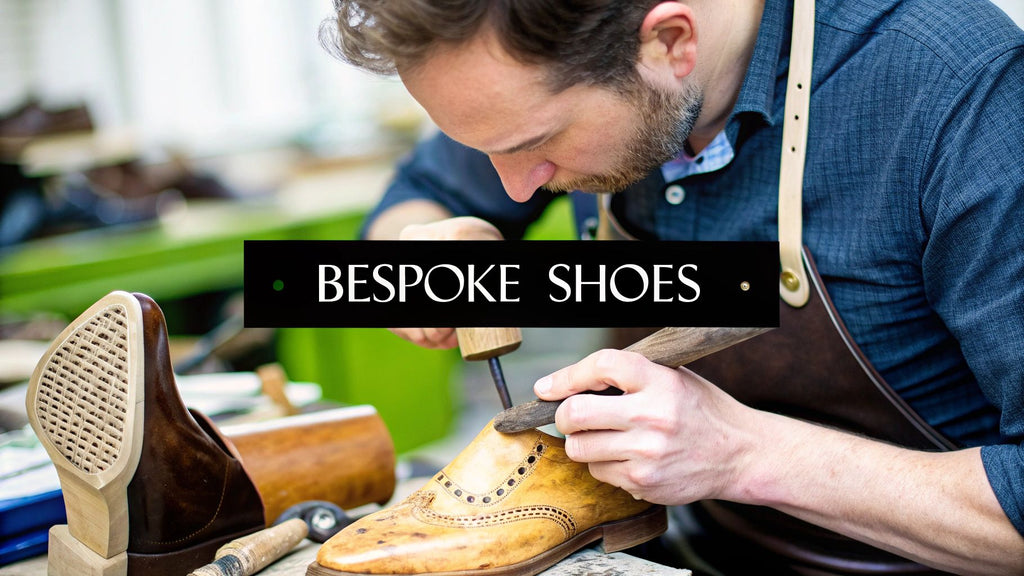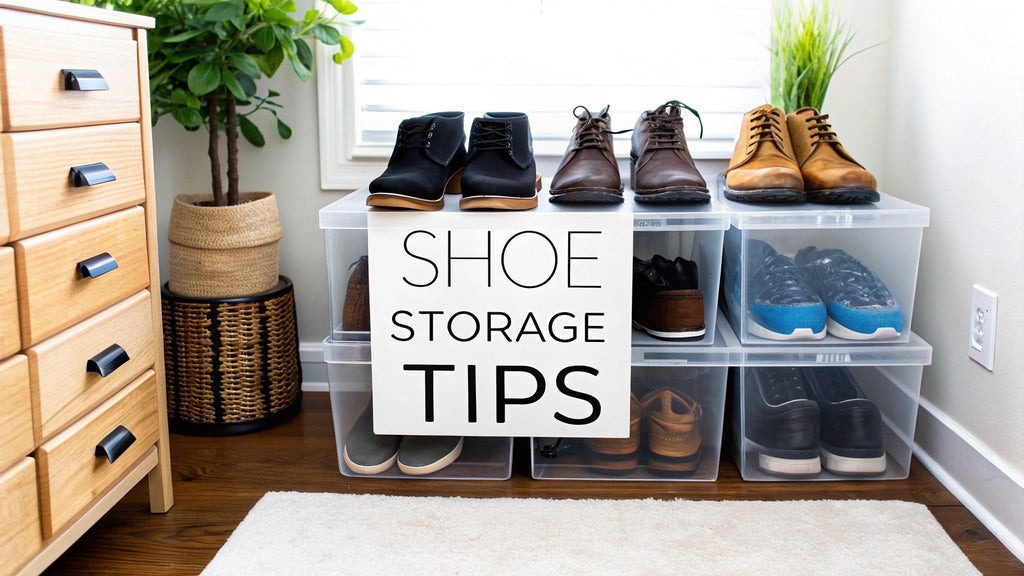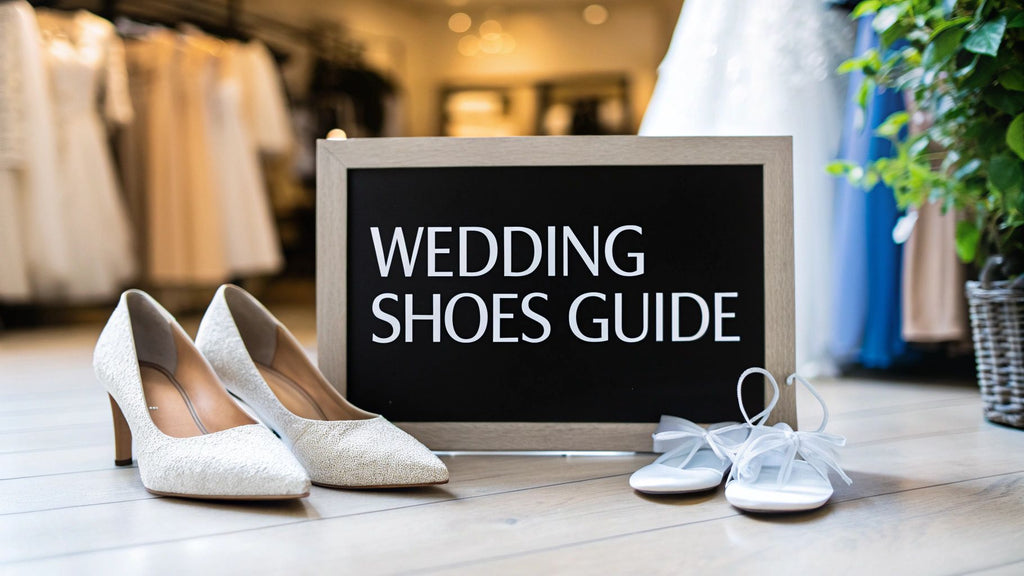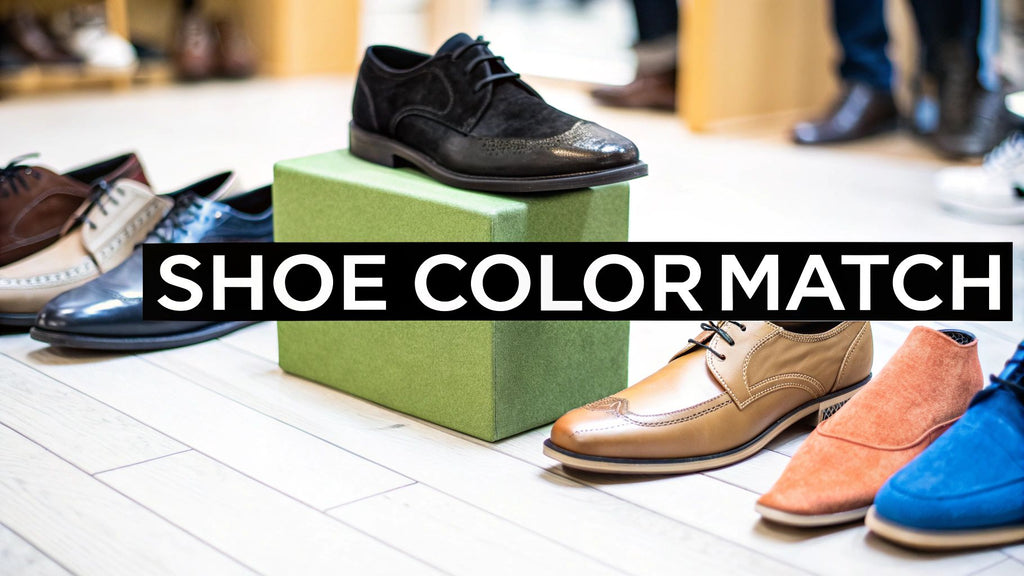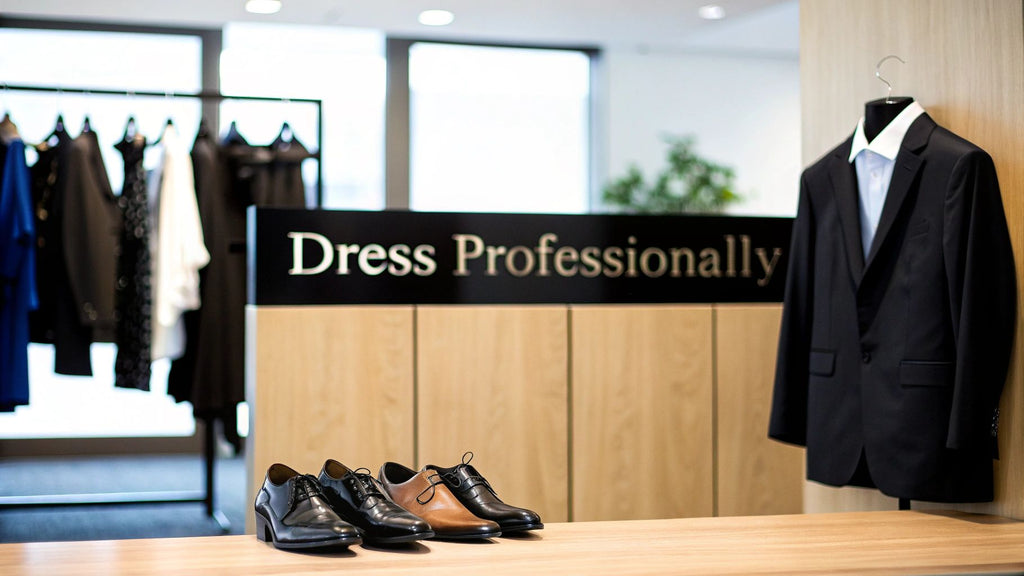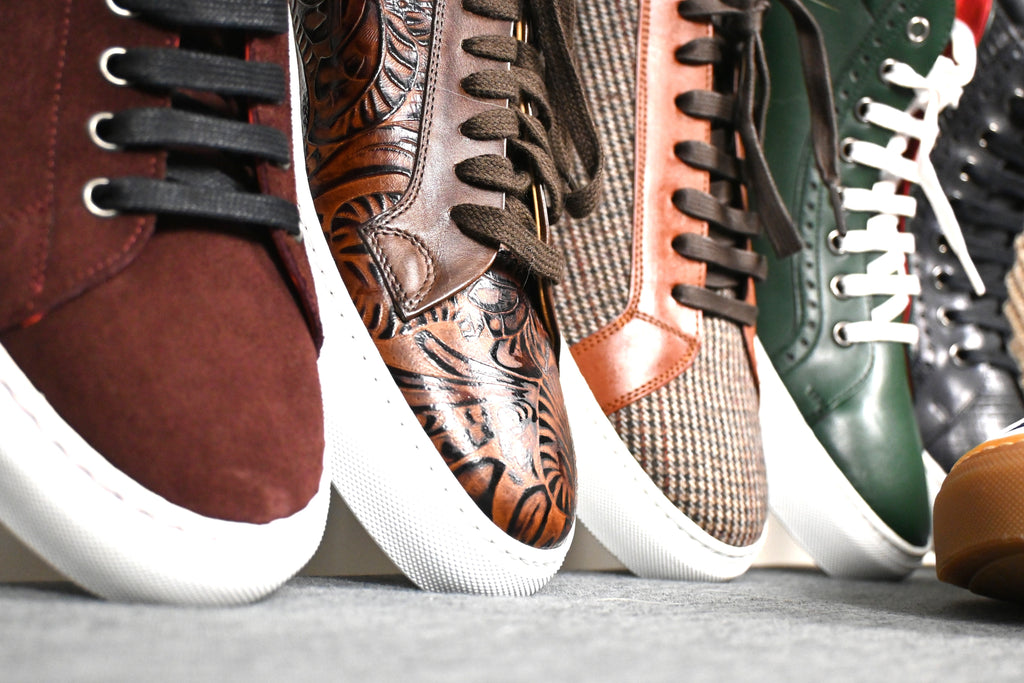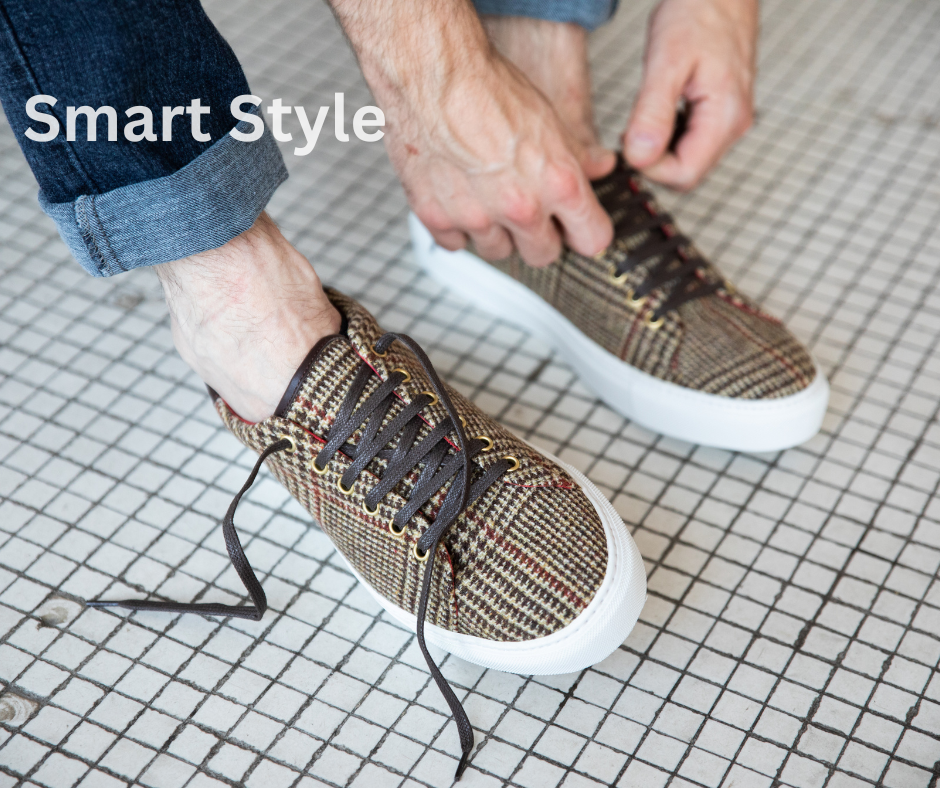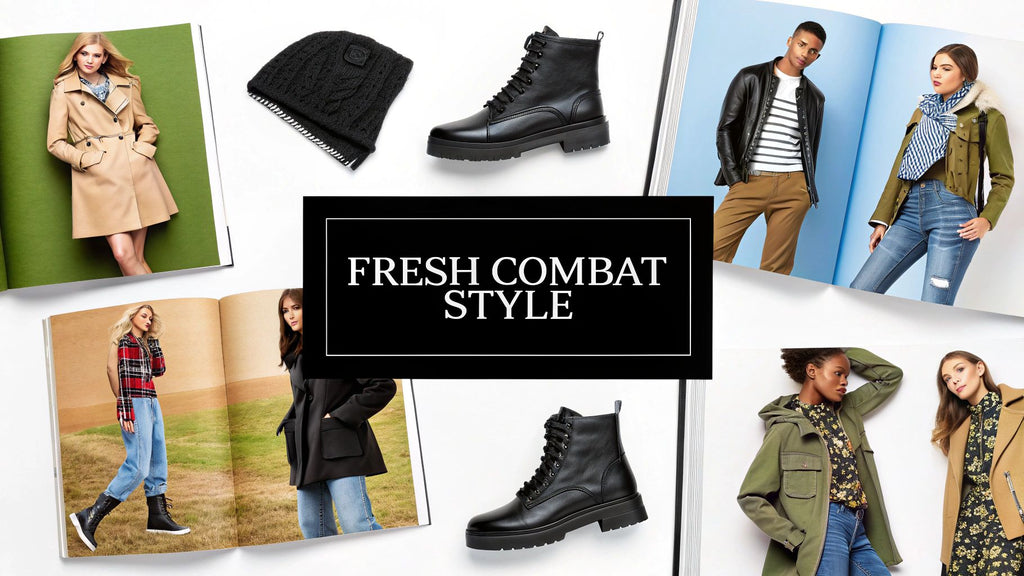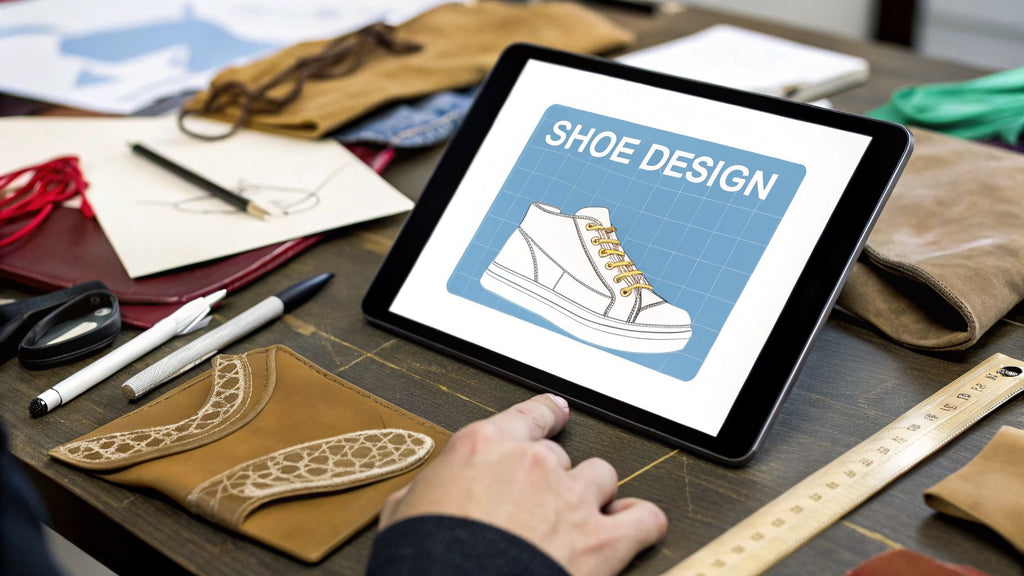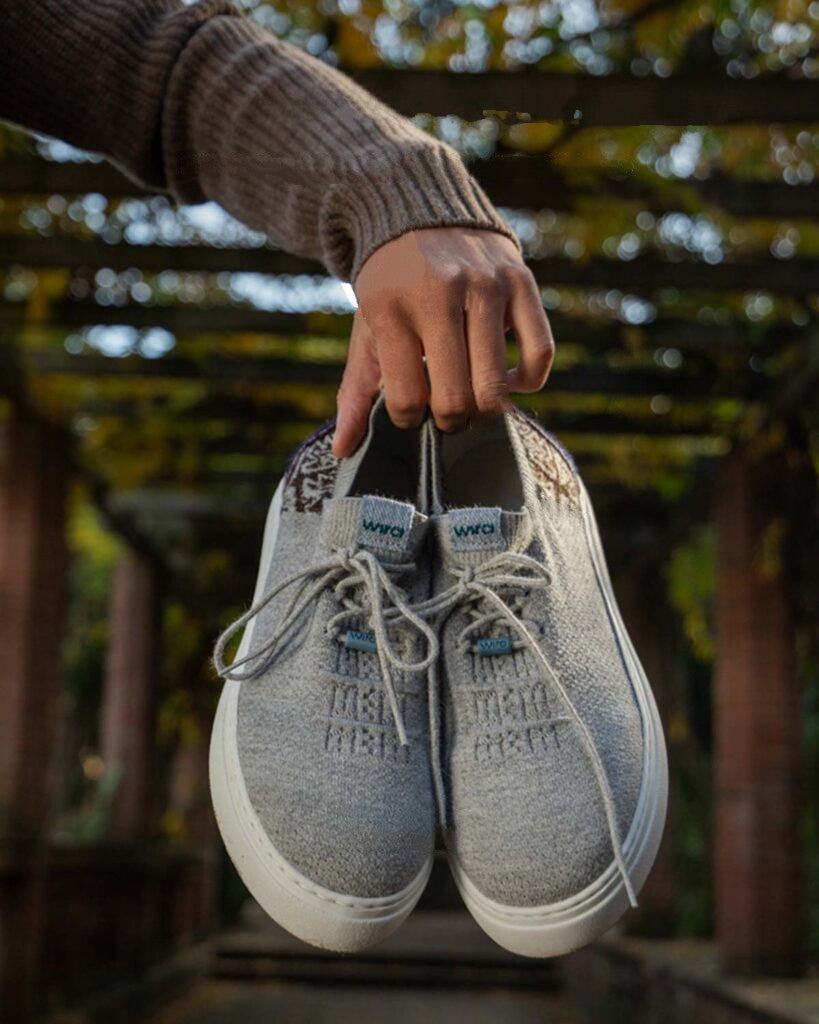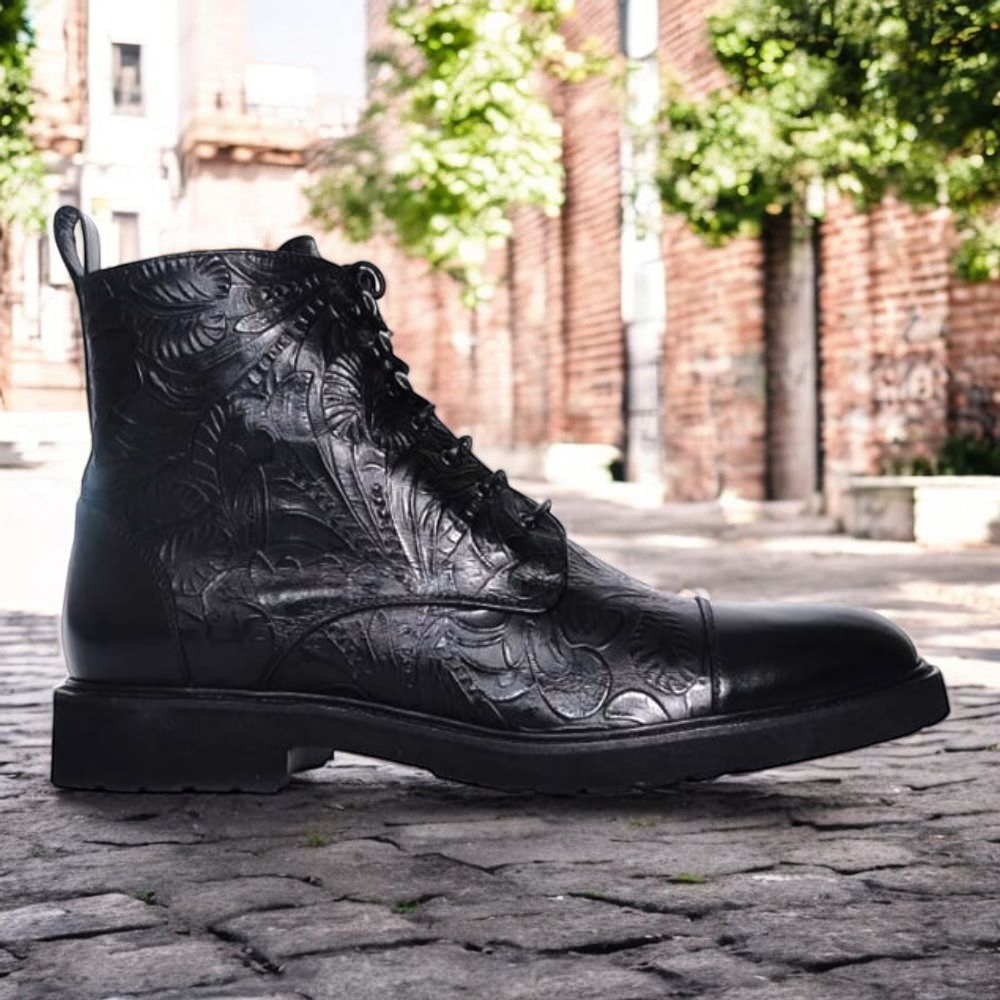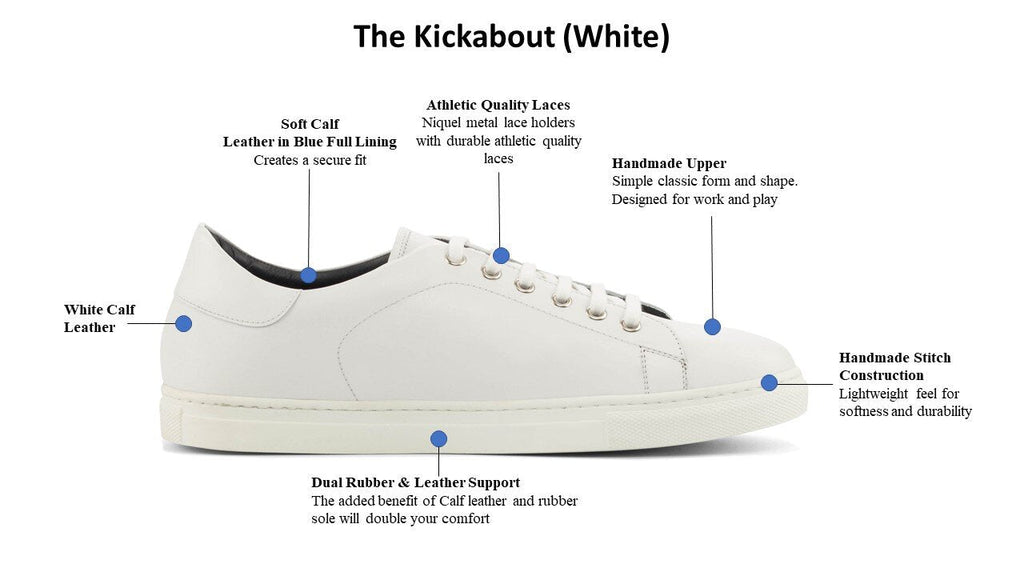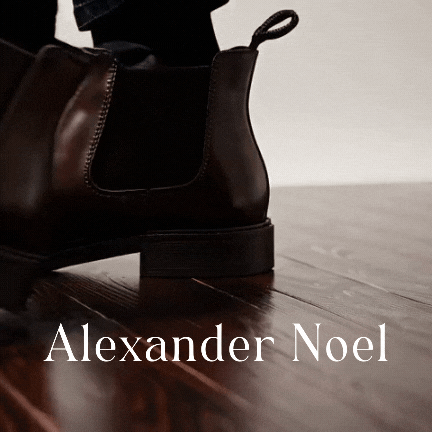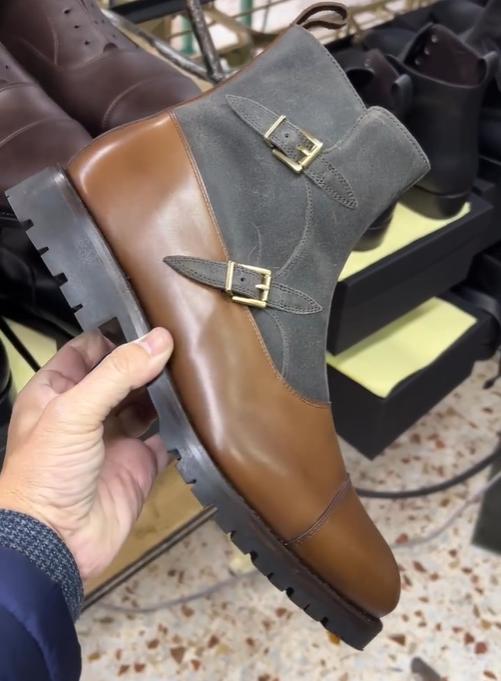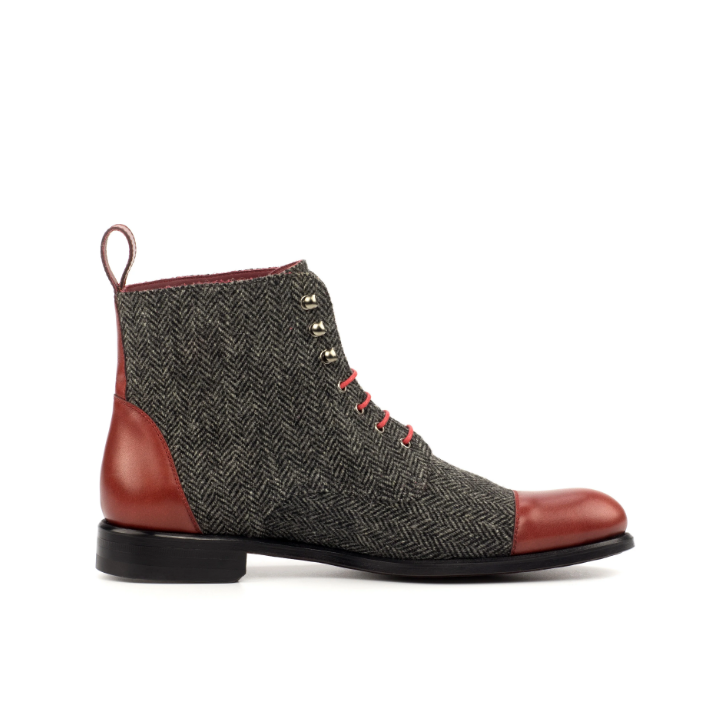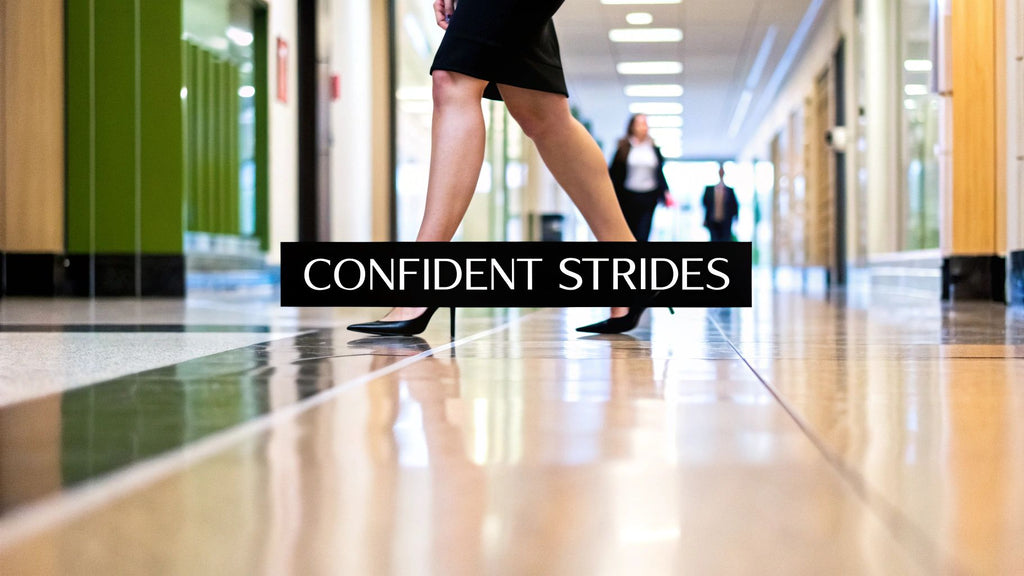
How to Walk in Stilettos: A Guide to Confident Strides

Alexander Noel Stilettos: A Classic Reimagined for Today’s Confident Woman
At Alexander Noel, we do not just make shoes, we craft timeless statements. Our women’s stilettos? Let’s just say they turn heads. There, we said it again.
But here is the real question: Are you one of those friends or family members who swears she does not wear heels anymore? Maybe you think you cannot. Or maybe, over the years, the art of walking in them simply faded away. You are not alone.
Once a staple of red carpets, glamorous evenings, and unforgettable entrances, stilettos have seen styles shift toward flats, block heels, and comfort first silhouettes. But make no mistake—when it is your big day, your spotlight moment, or just a Tuesday where you want to look effortlessly stunning, nothing makes a statement like a sleek, sky high stiletto.
This blog is your guide, a refresher or maybe even your first lesson, in the art of walking in stilettos. From posture and poise to practical tips and confidence boosts, we are bringing classic elegance back, one confident step at a time.
Finding Your Confidence From the Ground Up
Forget the idea that walking in stilettos is an impossible skill. It’s a craft, much like creating a beautiful shoe with our global artisan partners. The secret is simply building a strong foundation, piece by piece. Start with a stiletto under three inches that offers good ankle support, then find a hard, flat surface to practice on. By focusing on small, deliberate heel-to-toe steps, you'll make the process feel manageable right from the start.

Mastering the stiletto stride is a personal journey. Think of it like our commitment to craftsmanship—the right materials and an expert design are what create a shoe that truly supports you. This is about more than fashion; it’s about finding a personalized fit that empowers your every move. It’s a skill that millions develop, and their confidence has fueled a thriving market.
In fact, the global stilettos market hit a value of USD 35 billion in 2024 and is expected to climb to USD 50 billion by 2033. This isn't just a number; it reflects the timeless appeal and versatility these shoes offer in both social and professional life. For a deeper dive, you can explore the full report on the stilettos market.
Your Foundational First Steps
Before you glide across a ballroom, you have to conquer the hallway. Your home is your personal Design Lab—a safe, pressure-free space to experiment and build muscle memory. Remember, the goal here isn't perfection. It’s progress.
Ready to start? Let’s walk through a quick guide to get you on your feet. These are the essentials for building your confidence.
Your First Steps in Stilettos: A Quick Guide
| Action | Why It Matters | Beginner Tip |
|---|---|---|
| Start on a Hard Surface | Carpets and rugs feel unstable and can hide poor form. A hard floor gives you the honest feedback you need. | Stick to hardwood, tile, or linoleum. Avoid any surface with "give" when you're just starting out. |
| Stand Tall | Good posture is the framework for a graceful walk. It engages your core and keeps you from wobbling. | Pull your shoulders back and down, keep your chin up, and tighten your stomach muscles. |
| Take Small Steps | Long, lunging strides will throw you off balance immediately. Small steps give you total control. | Focus on placing one foot directly in front of the other, as if you're walking on a straight line. |
This table covers the basics, but there’s one technique that ties it all together.
The most crucial element is the heel-to-toe motion. This is the opposite of how you walk in flats. Your heel should always touch the ground first, followed by a smooth roll onto the ball of your foot. This single change is what creates a graceful, natural gait instead of a clunky stomp.
Choosing Your Perfect Pair for a Confident Walk
A confident walk-in stiletto doesn't just happen when you stand up. It starts much earlier; with the shoes you choose. Finding a pair that feels custom-made for you isn't an unaffordable luxury; it's the absolute foundation for mastering that graceful stride.
Think of it like designing a custom shoe in our Design Lab. Your journey is deeply personal. It's about understanding your experience level and picking the features that will support you. The global high heels market, valued at a staggering USD 43.6 billion in 2024, is proof of the variety out there. With so many styles, from classic pumps to bold platforms, there's a perfect starting point for everyone. You can see more on these high heel market trends at datahorizzonresearch.com.
Key Features for Stability and Comfort
When looking for your ideal pair, zero in on the details where craftsmanship and smart design meet. These aren't just aesthetic choices; they're critical for keeping you stable and comfortable.
- Heel Height: If you're new to stilettos, don't go for sky-high options yet. Start with a heel around three inches. This gives you the elegant silhouette without forcing your foot into an extreme angle, making balance much easier.
- Ankle Support: A simple strap around the ankle is a game-changer. It provides a world of stability, stops your foot from sliding, and dramatically cuts down on any wobble. It's a massive confidence booster.
- Cushioned Insoles: A quality shoe always puts comfort first. Look for pairs with cushioned insoles, often made from materials like premium sheep leather. This small detail absorbs impact and takes pressure off the balls of your feet.
The right materials are essential. A shoe crafted from genuine leather will mold to the unique shape of your foot, giving you a personalized fit that synthetic materials can't match. This is precisely why the quality of handcrafted footwear matters.
Ultimately, the goal is to find a stiletto that isn't just a showstopper, but one that's genuinely built for your foot and your journey. To learn even more about these iconic shoes, take a look at our women's guide to stilettos and how to wear them comfortably.
Mastering the Mechanics of a Graceful Stride
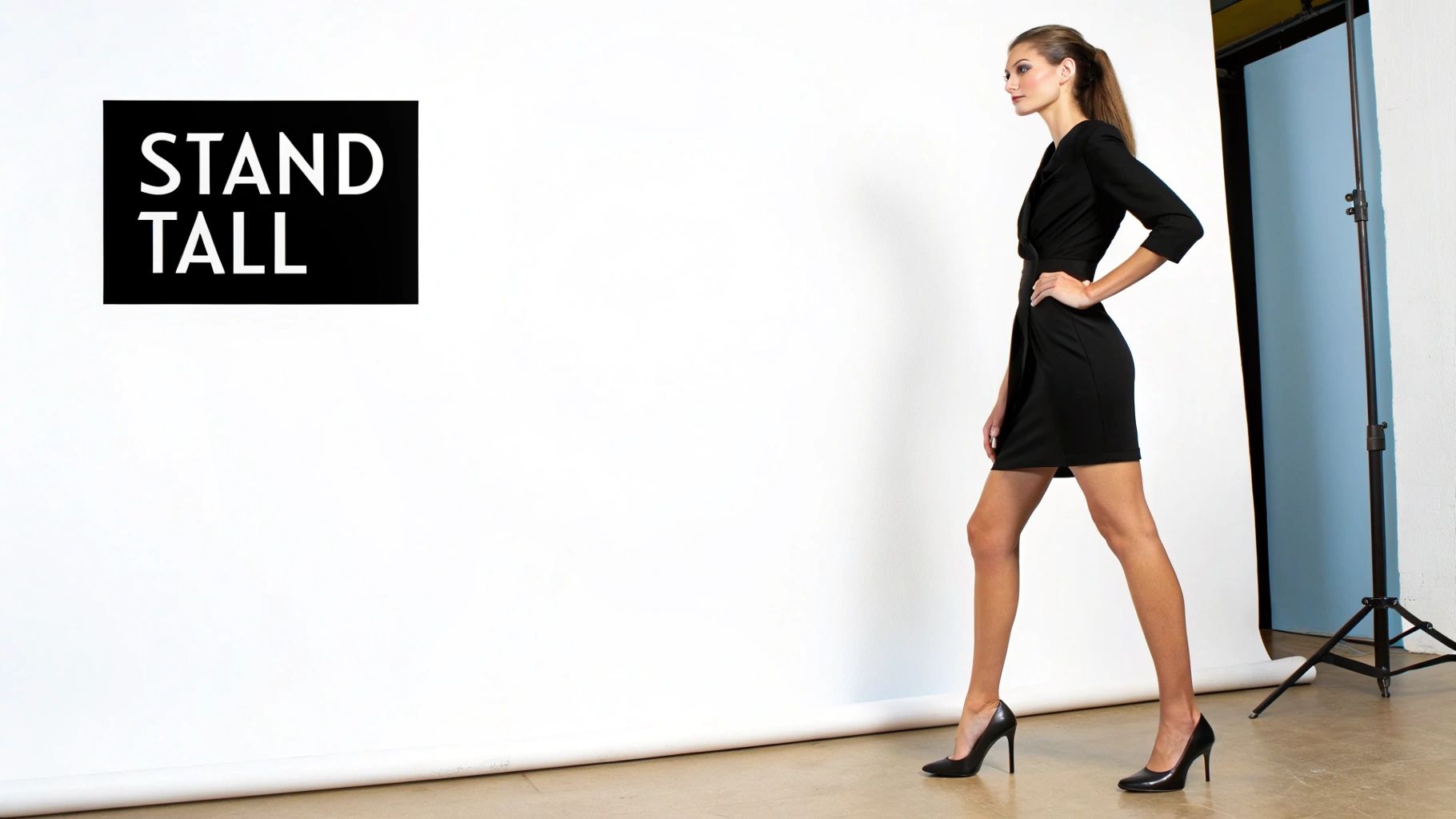
Let's get one thing straight: nobody is born knowing how to walk in stilettos. It’s a physical skill, pure and simple. It’s not about secret talent—it’s about understanding the mechanics and practicing until it becomes second nature.
The single biggest thing that separates a confident glide from an awkward stumble is the heel-to-toe motion.
Seriously, this is the foundation. Picture yourself moving in slow motion. Your heel should make contact with the ground first. Then, you smoothly roll your weight through the arch onto the ball of your foot before pushing off into the next step. It might feel deliberate at first, but this technique is non-negotiable for balance and control.
Align Your Body for Stability
A powerful walk doesn’t just come from your feet; it starts right from your core. When you engage your abs, you create a stable center that stops you from wobbling. Think of your core as the anchor holding your frame steady.
As you get the hang of it, keep these alignment points in mind:
- Shoulders Back: Pull them back and down, away from your ears. No hunching!
- Chin Up: Your gaze should be on where you're going, not fixated on your feet. Trust them.
- Arms Relaxed: Let your arms swing naturally. If they’re stiff, it’s a sure sign you’re tense, which throws off your balance.
A graceful walk is a full-body movement. When your posture is aligned and your core is engaged, your legs can move more freely and confidently. This is where a shoe’s construction plays a role; a well-crafted stiletto supports this natural alignment rather than working against it.
Of course, putting this into practice is nearly impossible if your shoes don't fit perfectly. A shoe that's even a little too big or too small will sabotage your stride. Getting the right fit is crucial, so it pays to learn the tricks for mastering online shoe shopping to give yourself a solid foundation.
Ready to build some muscle memory? Find a straight line in your home—the edge of a rug, a line between floorboards, whatever works. Practice walking along it, taking small, intentional steps and placing one foot directly in front of the other. This drill trains your body to adopt the correct form automatically, so you can strut with poise and confidence.
Building Strength and Perfecting Your Posture
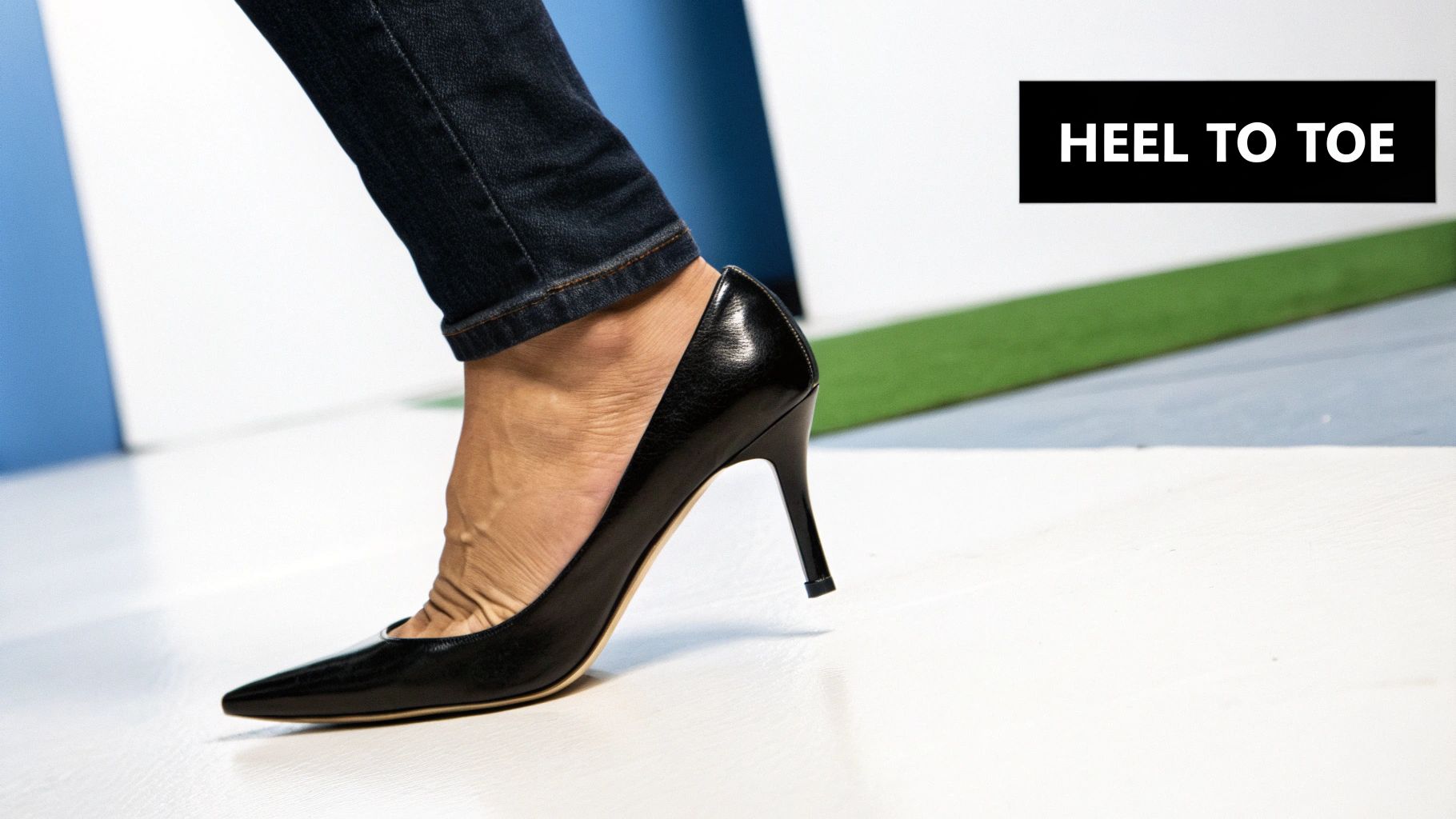
A powerful walk in stilettos doesn't just magically happen. It's built on a foundation of strength. When you condition the right muscles, your stride transforms from tentative and shaky to commanding and confident. It simply feels more effortless.
Think of it as creating an internal support system for your body. The muscles that do the most work—and need the most love—are your ankles, calves, and especially your core. A few simple, consistent exercises make a world of difference in preventing wobbles and reducing strain.
Core Conditioning For Stiletto Success
A strong core is your center of gravity. If it's weak, your balance will be the first thing to go. At the same time, your ankles and calves are under a lot of pressure. By targeting these areas, you build the endurance needed to turn shaky steps into a graceful walk.
Here are a few moves we always recommend:
- Calf Raises: Stand with your feet flat on the floor and slowly rise up onto the balls of your feet. Hold for a few seconds, then slowly lower back down. This directly strengthens the muscles you use to push off with each step.
- Ankle Rotations: While sitting, lift one foot off the floor and gently rotate your ankle in a circle. Aim for 10 times in each direction. This move is fantastic for improving flexibility and stability where you need it most.
- Plank Holds: Holding a basic plank for just 30-60 seconds is a game-changer. It fires up your entire core, which is what keeps you upright and gives you that elegant, tall posture.
Posture is the final, most important piece of the puzzle. Try this: imagine a string pulling you up from the crown of your head, creating a straight line from your ear through your shoulder, hip, and down to your ankle. When your shoulders are aligned over your hips, you create a graceful silhouette that also takes pressure off your lower back and knees.
Understanding how your body and your shoes work together is the secret to wearing heels safely and beautifully. And just as you strengthen your body, it's vital to care for the shoes themselves. To keep your artisan-crafted stilettos looking pristine, check out our ultimate shoe care guide from Alexander Shoe Store.
Navigating Real-World Surfaces Like a Pro
That smooth floor in your living room? It’s the perfect training ground. But the real world is where the main event happens. The moment you step outside, you're faced with new challenges—unpredictable surfaces that can catch even a seasoned heel-wearer off guard.
Knowing how to handle this ever-changing terrain is what separates a novice from a pro. From treacherous cobblestones to the soft grass at an outdoor wedding, each surface demands a subtle shift in your technique. It turns a simple walk into a mindful practice of scanning the path ahead and adjusting on the fly.
Conquering Tricky Terrains
Let's talk specifics. When you encounter uneven ground, like charming but deadly cobblestones, the first rule is to slow down. Instead of striking with your heel, shift your weight forward. Lead with the ball of your foot, using it like a sensor to feel out the stability of each stone before committing your full weight.
For soft grass, the goal is to avoid that dreaded sinking feeling. The trick here is to walk almost on your tiptoes, keeping as much weight as possible on the balls of your feet. This minimizes pressure on that tiny stiletto tip, preventing it from digging into the turf.
And then there are stairs—the ultimate stiletto obstacle course. Your best friend here is the handrail. Always use it.
- Going Up: Place the ball of your foot firmly on the edge of each step. Engage your calf muscles to power yourself upward.
- Going Down: This is where you need maximum stability. Turn your foot slightly sideways and place it fully on the step.
The single most important technique for any tricky surface is to shorten your stride. Taking smaller, more deliberate steps gives you vastly more control and dramatically reduces your risk of a stumble. It's a simple shift that makes all the difference.
Walking with this awareness requires practice, which builds the crucial muscle memory you need to react instinctively. The infographic below outlines a few simple drills to build the specific strength and balance required for these real-world scenarios.
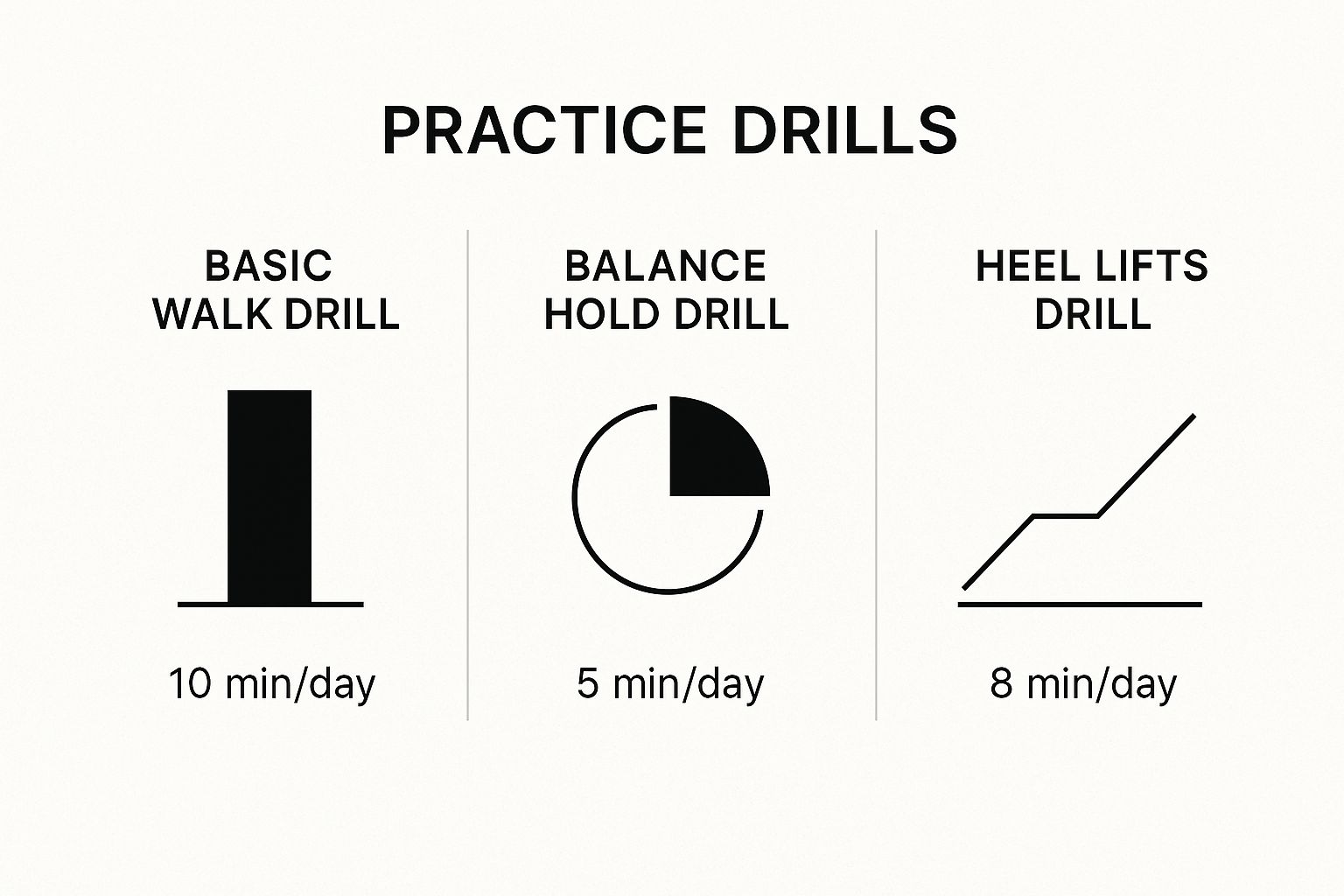
As you can see, dedicating even a little time each day to these exercises will build the targeted strength that leads to unshakable confidence.
To help you remember these tips when you're out and about, here's a quick-reference guide for the most common challenges.
Stiletto Survival Guide for Tricky Surfaces
| Surface Type | Key Challenge | Pro Technique |
|---|---|---|
| Cobblestones/Uneven Pavers | Instability and twisted ankles. | Shorten your stride, lead with the ball of your foot to test the surface. |
| Soft Grass/Dirt | Heel sinking into the ground. | Walk on the balls of your feet as much as possible to distribute weight. |
| Grates/Cracks | Heel getting stuck. | Scan ahead and walk around them. If unavoidable, use the "tiptoe" technique. |
| Slippery/Wet Floors | Lack of traction, high slip risk. | Scuff the soles for grip, take small steps, and press your foot down firmly. |
| Stairs (Up) | Losing balance, tripping forward. | Use the handrail. Place the ball of your foot on the stair's edge and push up. |
| Stairs (Down) | High impact, risk of slipping. | Use the handrail. Place your entire foot sideways on the step for full contact. |
Mastering your walk is just one part of appreciating fine footwear. Many of the principles of craftsmanship, style, and care apply across all high-quality shoes. For more insights, check out The Ultimate Guide to Stylish and Versatile Men's Footwear.
Common Stiletto Questions, Answered
Even after you've got the basics down, a few questions always seem to pop up. We get it. We’ve heard them all, and we're here to give you the practical, expert advice you need to clear those final hurdles and step out with total confidence.
How Can I Stop My Feet From Hurting in Stilettos?
The best defense starts before you put them on: invest in high-quality, well-fitting shoes. Look for details that matter, like cushioned insoles and genuine leather that will mold to your foot over time. If you need extra support, gel inserts can be a lifesaver for targeted relief.
Also, be patient. Don't plan to wear a new pair for eight hours straight. Give your feet breaks, and when you take the shoes off, always stretch your calves and arches. A shoe built with superior craftsmanship from skilled artisans is truly your best friend against discomfort.
What Is the Biggest Beginner Mistake When Walking in Heels?
By far, the most common mistake is putting your whole foot down at once, just like you would in sneakers. That's a recipe for a clunky, unstable walk. The key is a graceful, flowing heel-to-toe motion.
Another classic error? Looking down at your feet. It throws your entire posture and balance off. Instead, keep your chin up and your shoulders back, with your eyes fixed on where you're going. This projects confidence and helps you maintain that elegant, straight line.
The high heel market has shifted, especially since the pandemic, with a much bigger focus on ergonomic design. In 2024, the market hit USD 43.81 billion, a strong comeback driven by new designs that blend style with genuine comfort. You can read the full research about the evolving high heels market for more details.
How Long Should I Practice Before Wearing Stilettos Outside?
There's no single magic number, but a good rule of thumb is to practice in 15-minute bursts every day for about a week before a big event. Start on a hard, even surface inside your home. Once you feel steady, don't just walk—practice turning, stopping, and even just standing still.
The goal is to build muscle memory until the movement feels completely natural. When your body knows exactly what to do, your mind is free to just enjoy the moment, letting your confidence shine.


